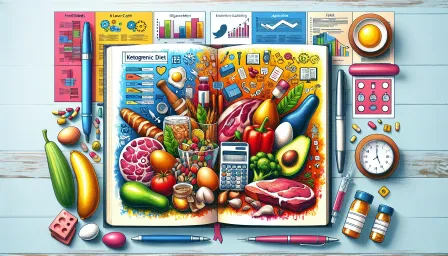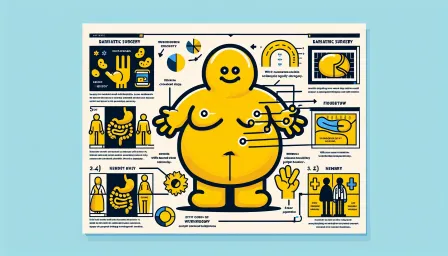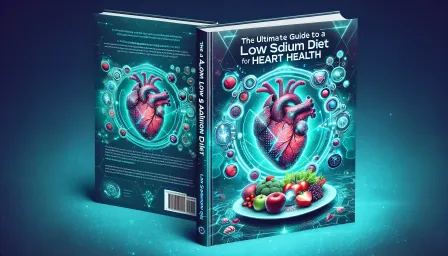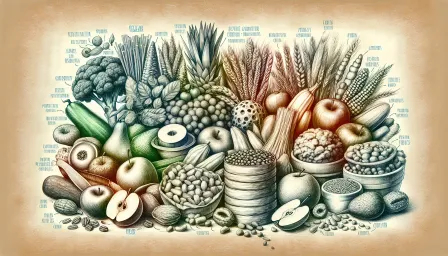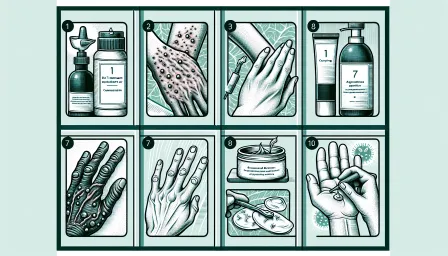Portion Control for Weight Loss Success: Top Tips for Effective Eating

Discover effective tips for portion control to aid in your weight loss success. Learn how to eat smarter and achieve your goals with authoritative advice.
Achieving and maintaining a healthy weight is a common goal for many people. One proven strategy to reach this goal is through portion control. By understanding and implementing effective portion management, you can enjoy a balanced diet without feeling deprived. This comprehensive guide will provide essential tips and techniques for mastering portion control for weight loss success.
Understanding Portion Control
Portion control involves managing the amount of food you eat in one sitting to avoid overeating. It's a fundamental aspect of a healthy diet that helps regulate calorie intake, ensuring you consume the right amounts of nutrients while minimizing excess. By practicing portion control, you can develop a balanced relationship with food and make more mindful choices.
Why Portion Control Matters for Weight Loss
Calorie Regulation
Weight loss is primarily driven by creating a calorie deficit—consuming fewer calories than you burn. Portion control helps regulate caloric intake, enabling you to eat within your energy needs. By focusing on portion sizes, you can better manage your daily calorie consumption.
Balanced Nutrition
Proper portion control supports balanced nutrition. It encourages the consumption of the right amounts of various food groups, ensuring you get essential vitamins, minerals, and other nutrients necessary for overall health. This approach prevents overindulgence in high-calorie or nutrient-poor foods.
Improved Digestion
Eating smaller, well-portioned meals can improve digestion and reduce the risk of gastrointestinal issues such as bloating, indigestion, and heartburn. It allows your body to metabolize food more efficiently, promoting better nutrient absorption and overall well-being.
Top Tips for Effective Portion Control
1. Understand Serving Sizes
Learning to identify proper serving sizes is crucial for effective portion control. Familiarize yourself with standard serving sizes for various food groups. For example, a serving of meat is approximately the size of a deck of cards, while a serving of grains is about the size of a tennis ball.
2. Use Smaller Plates and Bowls
Tricking your mind into feeling satisfied with smaller portions can be achieved by using smaller plates and bowls. A full smaller plate can create the illusion of a more substantial meal, helping you feel content with less food.
3. Measure and Weigh Foods
Investing in kitchen tools such as measuring cups, spoons, and a food scale can significantly improve your portion control efforts. Accurately measuring and weighing your food allows you to track your portions better and avoid unintentional overeating.
4. Read Nutrition Labels
Nutrition labels provide valuable information about serving sizes, calories, and nutrient content. Pay attention to these details when selecting and serving foods to ensure you adhere to recommended portion sizes and make informed choices.
5. Practice Mindful Eating
Mindful eating involves paying attention to your food and eating experience. Slow down, savor each bite, and listen to your body's hunger and fullness cues. This practice helps you appreciate your meals more and prevents overeating.
6. Plan and Prep Meals
Meal planning and preparation can greatly aid in portion control. By planning your meals in advance, you can ensure balanced portion sizes and avoid impulsive eating. Preparing meals at home also gives you greater control over ingredients and portion sizes.
7. Avoid Distractions While Eating
Distractions such as television, smartphones, or work can lead to mindless eating and larger portions. Create a conducive eating environment by minimizing distractions, allowing you to focus on your meal and maintain better portion control.
8. Eat Protein and Fiber-Rich Foods
Incorporating protein and fiber-rich foods into your meals can help you feel fuller for longer periods. Protein and fiber both have satiating effects, reducing the likelihood of overconsumption. Include lean proteins, whole grains, fruits, and vegetables in your diet.
9. Keep Hydrated
Sometimes, thirst can be mistaken for hunger, leading to unnecessary snacking. Ensure you stay hydrated by drinking plenty of water throughout the day. Drinking a glass of water before meals can also help you manage portion sizes by promoting a sense of fullness.
10. Practice Portion Control When Dining Out
Restaurant portions are often larger than necessary. When dining out, consider splitting a meal with a friend, ordering half portions, or asking for a to-go container to save part of your meal for later. Be mindful of portion sizes and apply the same principles you use at home.
Common Challenges and Solutions
Challenge: Emotional Eating
Emotional eating can lead to overindulgence and larger portions. To address this challenge, identify emotional triggers and find alternative coping strategies such as exercise, meditation, or engaging in hobbies.
Challenge: Social Settings
Social gatherings and events often involve large portions and an abundance of food. Plan ahead by eating a healthy snack before attending, bringing your own healthy dish, or focusing on socializing rather than eating.
Challenge: Food Cravings
Cravings can lead to overeating. Address cravings by allowing yourself small portions of the desired food or finding healthier alternatives that satisfy the same craving.
Challenge: Lack of Awareness
Many people are unaware of the appropriate portion sizes for different foods. Educate yourself about portion sizes and use visual cues such as your hand or everyday objects to estimate portions accurately.
Conclusion
Mastering portion control is a critical component of weight loss success. By understanding serving sizes, using practical tools, and practicing mindful eating, you can effectively manage your portions and achieve your weight loss goals. Remember, portion control is not about deprivation but about fostering a healthy and balanced relationship with food. Implement these tips, overcome common challenges, and enjoy the journey to a healthier you.





